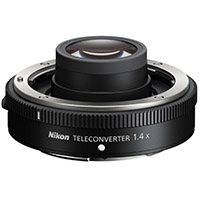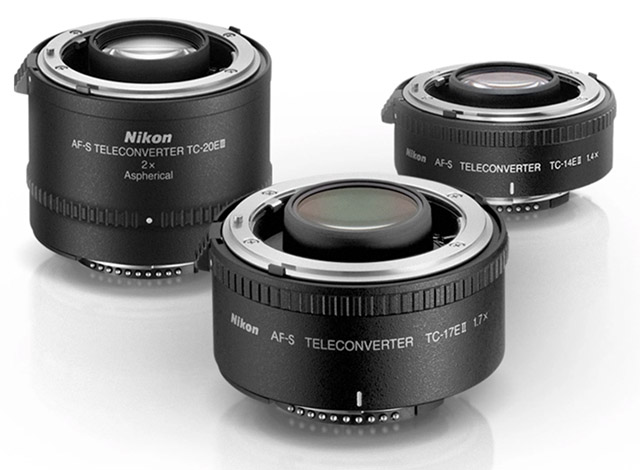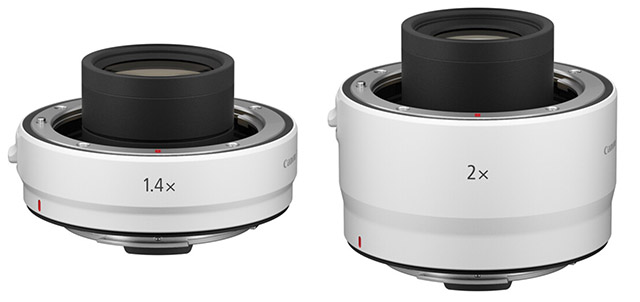Cropping vs. teleconverters: Should you use a teleconverter?
posted Wednesday, June 8, 2022 at 5:00 AM EST

Teleconverters are a tricky and sometimes polarizing topic in photography. Before diving into the pros and cons of teleconverters, what even is a teleconverter? A teleconverter, or "extender," is special glass inside a housing between your lens and camera. The teleconverter magnifies the image produced by your lens to give you an effectively longer focal length than you'd get by using only the lens. For example, if you're using a Nikkor Z 100-400mm F4.5-5.6 VR S telephoto zoom lens with a 2x teleconverter, the lens acts like a 200-800mm F9-11. You achieve twice the focal length but at the cost of two full stops.
An alternative approach is to crop your image. However, if you crop your photo, you don't get the full benefit of your camera's resolution. You can only crop so far before you significantly harm the quality of your photo, especially if you're using a lower-megapixel camera. You can rarely crop to replicate the magnifying power of a 2x teleconverter without running into issues. That said, teleconverters can also degrade your image quality. Typically, a teleconverter results in softer images. Plus, if you have a slower effective aperture, you must often increase your ISO to compensate, especially when photographing action like sports or wildlife.
To figure out which approach is best – a teleconverter versus cropping – photographer David Bergman did a deep-dive on teleconverters as part of his "Ask David Bergman" video series for Adorama.
Beyond physically getting closer to your subject, which isn't always possible, there are three options for getting closer to the action. You can use a shorter lens without a teleconverter and crop in post. You can use a teleconverter to increase the focal length of your lens. The final option is to buy a longer lens. That's the most expensive option. So, which option is best?

In terms of image quality and sharpness, your best bet is using a lens without a teleconverter and then cropping as needed during editing. However, the more you crop, the more pixels you lose, and thus the smaller your final image file. Cropping can be problematic if you crop a lot or need to make a large print. On the plus side, cropping is free. You can also use an APS-C crop mode in a full-frame camera to get a 1.5-1.6x crop factor, narrowing the field of view and replicating a longer lens.
If you want to take advantage of your entire image sensor, a teleconverter can be a great option. Whenever you add glass between your lens and camera, there will be some reduction in sharpness. Still, modern teleconverters are excellent, and the negative effect on image quality is minimal in many cases, especially if you're using a 1.4x teleconverter. A 1.7x or 2x teleconverter will typically result in a greater loss of detail, but today's teleconverters paired with modern lenses produce impressive results. The faster and better your lens, the better the results will be. If you're shooting in low light or require a fast shutter speed, working at F8 or F11 can be a limiting factor. The slower your aperture, the slower your camera's autofocus system will be, too, which is worth considering.

To sum up, cropping is a fine option if you're a hobbyist photographer. If you can't "zoom with your feet" and get closer to your subject, then cropping after the fact should be fine. A heavily-cropped file looks fine on social media in most cases. If you're an enthusiast but don't have the budget to buy a super-telephoto lens, a teleconverter is the way to go. They aren't super expensive, and you'll be able to take advantage of your camera's entire image sensor. If you're a pro, the best-case scenario is getting closer to your subject and buying a longer lens.
If you'd like to submit a question to David Bergman, click here and fill out the form. To browse older episodes of "Ask David Bergman," visit Adorama's YouTube channel.
(Via Adorama)